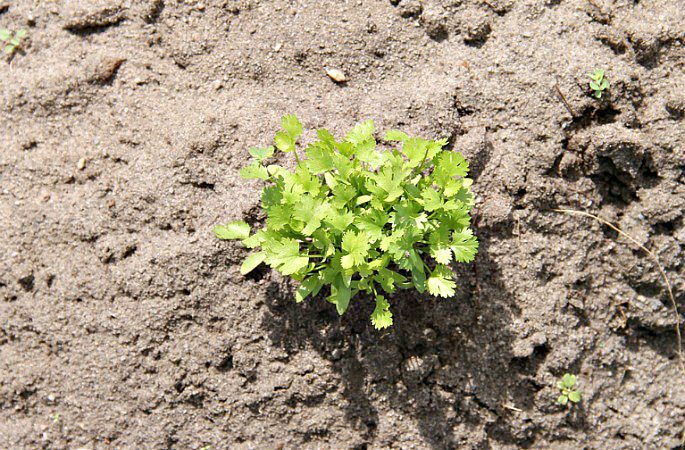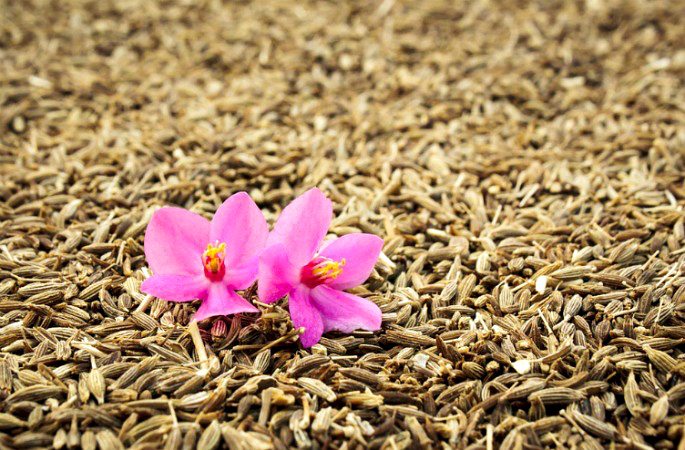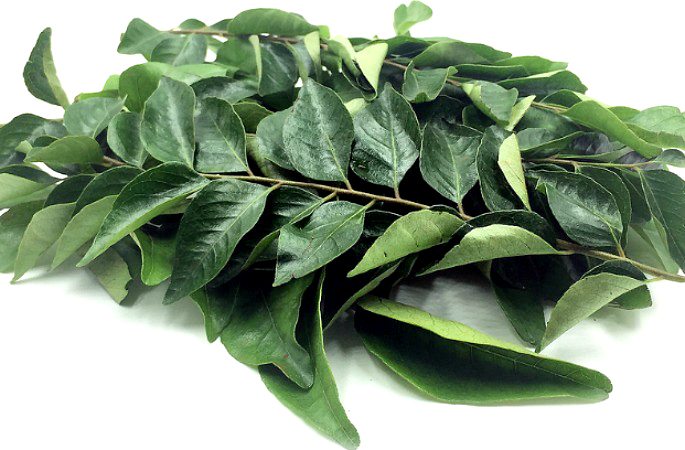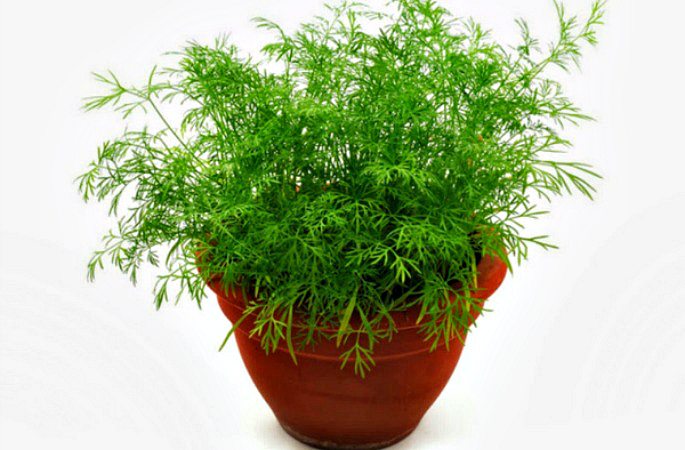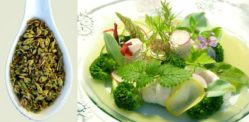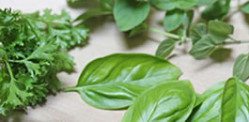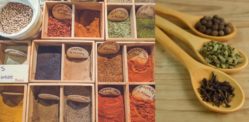All it takes is a bit of soil, water and perseverance to get those fingers green!
Herbs and spices are used in almost all Desi dishes and are the forefront when it comes to ingredients.
Spices are often used to add kick and colour to recipes. Whilst herbs are perfect for garnish and flavouring.
A lot of herbs and spices have been used in recipes for hundreds of years. Surely, your cupboards at home and the supermarket shelves boast an array of these green leaves. Often they are expensive, and not all supermarkets cater to what you need.
But, did you know, with a few pots, a bit of soil, and some water, you can easily grow your own herbs and spices at home, even if you don’t have a garden!
Follow our easy guide to learn how to grow your own Coriander, Cumin, Curry Leaves, Turmeric and Dill.
Coriander
Coriander is a great companion in many Indian dishes and is an integral part of the Spice Garam Masala. It has a slight citrus flavour and is best added towards the end of cooking. The leaves of the plant can be used as a garnish or they can be dried out and used to add flavour.
It is one of the simplest and quickest herbs and spices to grow.
It can be grown indoors and does not require much space. A small plant pot and a windowsill will do. The herb is best planted in the months of April and May. Once the first batch has been harvested, the plant can provide a constant supply of leaves. Meaning you can use coriander in your recipes all year around!
Once grown, the herb can be used in dishes. Such as green coriander rice and biryani recipes. Learn here on how to plant your coriander.
Cumin
Cumin is a key ingredient in dishes, such as Tandoori Meat and Jeera Chicken.
Whilst most spices thrive better in warmer climates, Cumin can be grown in the coolest of temperatures. It’s best planted in the spring and can take up to four months to grow.
This component of herbs and spices can be grown in a garden or in a pot on a windowsill.
Once flowered, the plant will need to be dried out and the seeds harvested. There is no specific time for when the flowers will grow, so it is best to keep a daily watch on them. Find out here how to grow your own pot of cumin, indoors or outdoors.
Curry Leaves
Curry leaves are used more in traditional Indian cooking and host the basis for many soups and curry dishes. Yet, the leaves accompany savoury dishes best.
But, they are not popular in the UK and are hard to come by in most supermarkets.
However, you can grow your own curry leaves from your windowsill. Curry leaf plants are light sensitive. They struggle more in winter months, so it’s important they are kept in a bright, non-draughty environment.
Unlike most plants, curry leaves don’t require much water and the soil should be left to dry out completely between watering.
You can find out the best temperatures and environments to grow your curry leaf plants here.
Turmeric
From the same family as ginger, turmeric adds great flavour and colour to most curry dishes. Not only that but, turmeric also provides great health benefits.
However, it is one of the slowest growing spices and herbs. To begin growing turmeric, it helps if you are a more seasoned gardener as you must first seek out a rhizome. These can usually be found in most Asian food stores.
Whilst turmeric can be grown indoors, growers need to be aware that this plant can reach three feet tall and thrives in humid temperatures. The best time to plant is between December and March, as the plant takes 7-10 months to harvest.
Turmeric can be used in tea and vindaloo. Find out about ideal rhizome shapes and the benefits of growing your own turmeric here.
Dill
Dill is a versatile herb, useful to have in the kitchen. It is simple to grow and doesn’t take up too much room.
The leaves can be used in salads and soups to add a sharp kick. The seeds can be kept dried out and used as an ingredient, to make your own curry powder. It is best to plant Dill between October and early Spring. It can be grown in pots on a windowsill or outside in the garden.
Dill plants must always be kept well-watered and require six hours of light a day. The leaves will be ready to harvest within six to eight weeks after planting.
Harvested leaves can be ground up or frozen for later use. Dill goes perfectly with a lot of summer salads and fish recipes.
See below how to grow your own Dill plants indoors in 5 easy steps from Do It Yourself:
Step One:
Plant the seeds in a soil pot.
Step Two:
Place the soil pot in sunlight. A spot where it can get 6 hours of sunlight.
Step Three:
Water and feed regularly.
Step Four:
As Dill is likely to grow tall, you may need to stake your plant.
Step Five:
After 6 or 8 weeks, the leafs will be ready to harvest.
Learning how to grow your own herbs and spices is simple and cost effective. Whilst the simpler ones have been listed above, there are many more herbs and spices you could try and grow yourself.
With a bit of time and effort, you could have your own herb and spice garden!
All it takes is a bit of soil, water and perseverance to get those fingers green!




















































